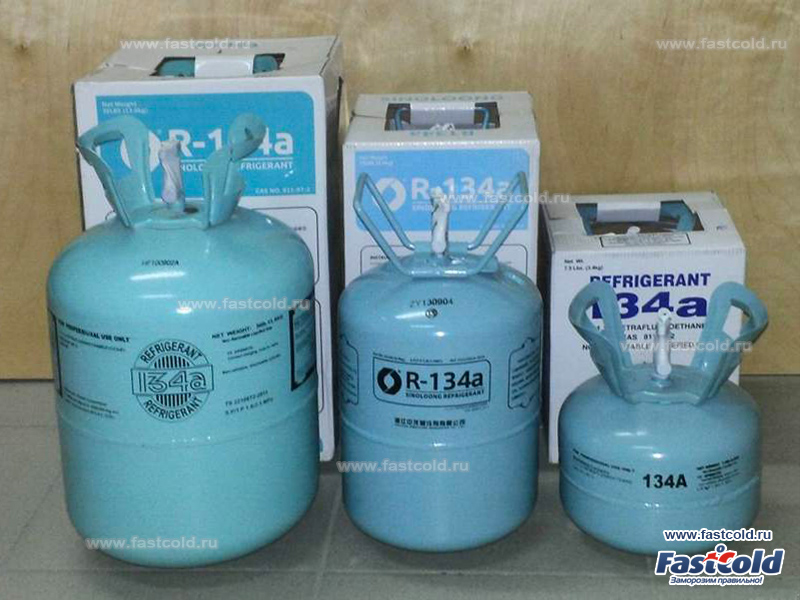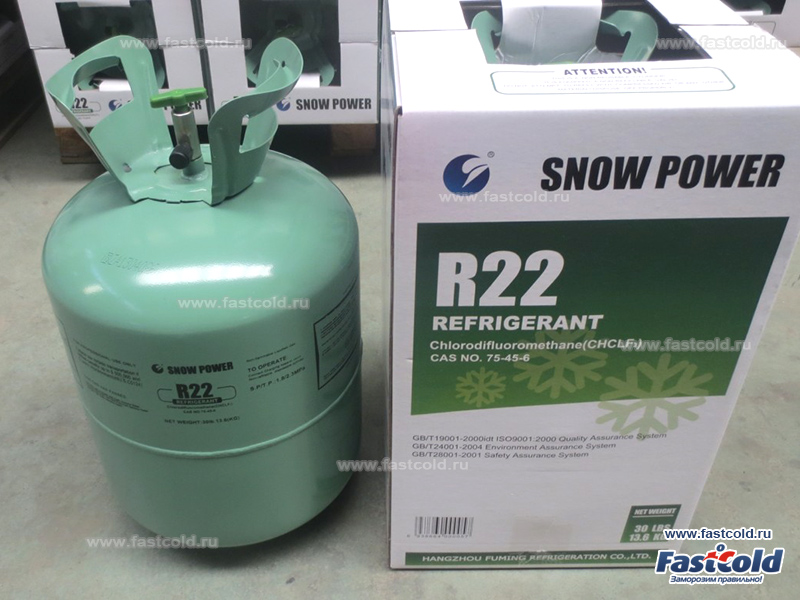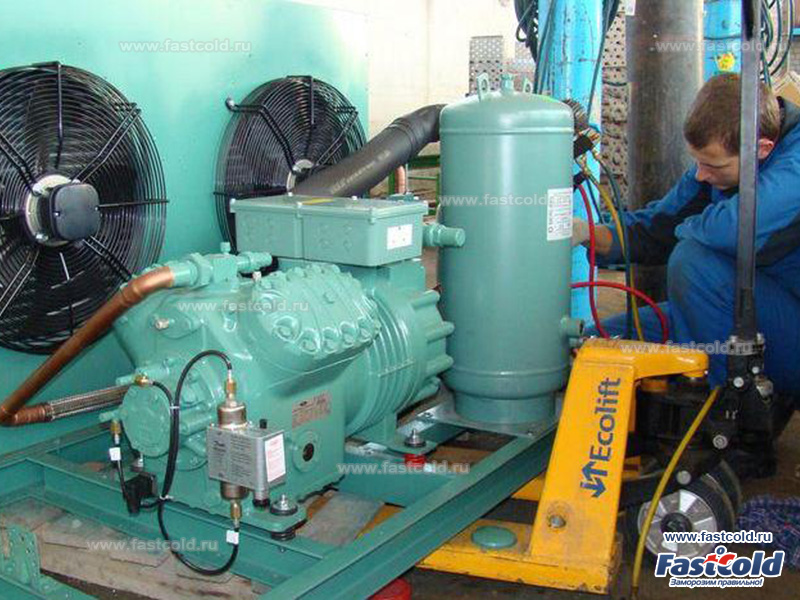Types of refrigerant for shock freezing chambers
The high-speed freezing units of food products designed and based on the compression-evaporative cooling principle. In physics, any substance that cools during evaporation called a refrigerant. However, deep-freezing equipment is a type of machinery that should ensure both the intensity of the process and its efficiency. Therefore, refrigerants in this area should comply with certain requirements.
Find out more:
- The most important refrigerant properties
- Universal notation
- CFCs and freons
- Carbon dioxide
- Ammonia
- Summary
The most important refrigerant properties
When designing and operating refrigeration and freezing equipment, working fluids (or gases) are considered from the perspective of the following requirements:
- Thermodynamic characteristics. It is important to ensure the highest possible efficiency, determined by the ratio of thermal work to the energy spent on the compressor drive. For this, the substance must evaporate at atmospheric pressure in the negative temperature range (preferably from -50 to - 20°C), and also must combine high thermal conductivity with high heat capacity.
- Safety. The industrial shock freezer is equipped with a compressor system with a capacity of up to several hundred kilowatts. The volume of refrigerant in the gaseous state (in the evaporative circuit) at this capacity can reach several cubic meters. If a toxic substance is used, in the event of emergency depressurization of the installation, the health and life of the people nearby are in danger.
- Environmental friendliness. In accordance with the Montreal Protocol of 1987, all refrigerants are classified in terms of their ability to participate in the destruction of the ozone layer of the atmosphere. Therefore, despite good technical indicators, a number of substances are systematically phased out of use.
- Price. The difference in price of different grades of refrigerants reaches several tens of times.
Universal notation
Deep freezers currently use systems operating on all major types of refrigerants - freons, ammonia, carbon dioxide. Freons are labeled according to a single system "Rxyz", where the first symbol "R" is taken from the English term "refrigerant", "x" corresponds to a reduced number of carbon atoms in a molecule of a substance by one and "y" is an increase per unit, the number of hydrogen atoms, "z" is the number of fluorine atoms. One of the refrigerants of the freon group trichlorofluoromethane with the chemical formula CCl3F is marked as R-11 (if x = 0, then the value does not fit into the index) accordingly. Refrigerants of other chemical groups also have the "Rxyz" notation, but the indexes are assigned according to a different principle. For example, carbon dioxide CO2 is referred to as R-744.
CFCs and freons
They are the main group of refrigerants. Obtained from hydrocarbons by replacing hydrogen atoms with chlorine or fluorine. Deep freeze chamber: the first synthesized freon - difluorodichloromethane (R-12) has been used for almost 90 years, although this substance has not been used for a long time in household appliances. Freons allow you to reach freezing temperatures up to -130°C and are absolutely safe for human health. In practice, their only drawback is the effect on the ozone layer. All ozone-hazardous formulas are divided into subgroups CFC (chlorofluorocarbons) and HCFC (chlorofluorocarbons).
Ozone-safe brands of freons, called halons, belong to the subgroups HFC (fluorocarbons) and CF (perfluorocarbons). Currently, the most common freons are R-410A and R-407C. A deep-freezer with a freon system is the standard for the Scandinavian countries, Japan and a number of other countries that are distinguished by strict environmental standards.
Depending on the operating conditions in the compressors, the preferred freon refrigerants are:
- for screw-type machines - R-410A (boiling point -51.6 C);
- for centrifugal - R-134A (boiling point -26.3°C).
Mixtures of various refrigerants are also popular (R-400 and R-500 Series). For example, as mentioned above, R-410A is a mix of R-32 and R-125.
Carbon dioxide
As a refrigerant, carbon dioxide (R-744; boiling point -78°C) began to be used due to environmental friendliness and availability. The thermodynamic characteristics of a substance in order to obtain a high system efficiency require access to the supercritical cycle with a pressure of up to 150 bar. This leads to increased requirements for technology, increasing its cost.
A number of Western companies produce compressors for CO2. Among them are GEA and DORIN. Typically, such machines are capable of operating on all types of refrigerants.
Ammonia
NH3 is one of the first mass refrigerants. Boiling point −33.35°C. Marked as R-717. Back in the mid-19th century, North American railroad refrigerators used ammonia.
The substance allows achieving high efficiency in refrigeration and freezing systems with high power reciprocating compressors. The downside of this refrigerant is toxicity. However, in the conditions of industrial production, ammonia is still used, since with its help excellent technical and economic indicators can be achieved.
Summary
No substance is optimal for all types of equipment in any mode of its use. In each case, the determining factors may be the efficiency of the system, efficiency, safety or environmental friendliness. Therefore, in many cases, manufacturers of refrigeration and freezing systems adapt their units to the possibility of using various brands of refrigerants.
Please contact us and we will answer all your questions!
Prefer to write?
We are looking forward to receiving your email, please send it to from@fastcold.ru
Want to talk?
Our phone number + 7 (499) 112-32-04 and we are always available for you!
Do you prefer coffee and meeting in person?
We are always happy to see you in our office at the address: 3 Keramicheskaya Street, Zheleznodorozhny City






























